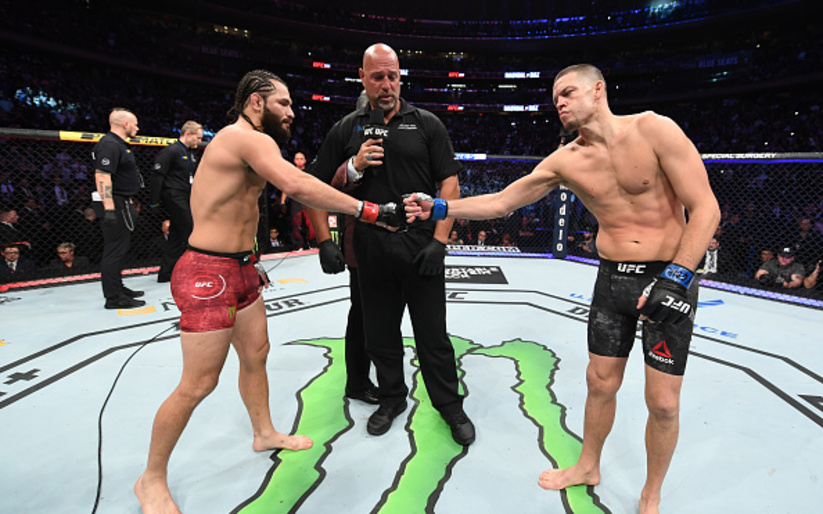So you got it into your head that you’d like to be a fighter. Or maybe try out some martial arts for fun or fitness. How do you go about choosing a gym, dojo, school, etc? Many people ask me this question. Here is my recommendation.
First, ask yourself what you want. Then ask yourself what you need. Finally, ask yourself about your ability to shoulder the cost and time burden. Make a list of gyms. Finally, take multiple trial lessons at multiple gyms, compare them, and decide.
Allow me to elaborate.
What are your goals? If you want to fight in the UFC someday, you’ll ideally need to go to a gym that has everything – wrestling and jiu-jitsu, kickboxing and/or muay thai, strength and conditioning, etc. If you mainly love Brazilian jiu-jitsu, but want to do MMA someday, a BJJ-based school with a weak MMA team might be alright for the time being. If you mainly care about getting in shape, the closest cheapest gym with friendly people would suffice, until you figure out what direction you want to go to pursue fighting more seriously.
What do you need? Know what type of person you are, and what your learning style is. The important components of a fight gym are: instructors, training partners, facilities, proximity, and cost. Each gym you go to will have these things disproportionately. Maybe the facilities are poor, but it’s cheap and right next door. Maybe the training partners try to take your head off, but the instruction is fantastic.
As a student, you need to ask yourself to rank these things in the order of importance to you. Maybe Gym A is larger and better, but it’s on the other side of town, and you know in your heart that you’ll slack off and not go after a hard day of work. Therefore, Gym B is a better choice because it’s right next door, even though it’s smaller. For example, in my case, I’m a slow learner and I need the instructor to patiently explain every little detail of a technique and answer ten of my questions before I can get it right. My friend Heather Jo Clark told me she can pick up techniques by having them done to her by training partners. I don’t work that way. So for me, coaching is my number one priority.
You need to figure out your own learning style, and what you will need realistically to make you better.
If you are a female, find out if other women train there. The reasoning is two-fold: first, it’s nice to have other female training partners, and second, to see if the environment is welcoming to women. Nowadays more so than in the past, gyms accept females seriously wanting to train. You can often tell from how the manager or head coach talks to you and explains the programs the gym offers. I would still join a female-fighter-less gym if the coaches seemed receptive and eager to teach me. However, take a look at the training partners to see if there are lighter guys. If there are only 200 pound heavy-weights in the classes, a woman won’t get as much benefit.
Can you spend the money and time? Big gyms often come with a big membership fee. You may be forced to choose a gym that fits into your budget. Commuting time will take its toll on your sleep and energy, but sometimes it’s worth it. If you can find the time in the morning, afternoon or night to sleep and recover, then a longer commute to a better gym might be in order. If you think you’ll run yourself into the ground with family, work, and hours of commuting on top of hard training, you’ll find yourself lacking the recovery time necessary to become stronger. We are training to become stronger, after all, not weaker and broken.
As a side note, when considering franchises or schools named after a famous fighter, look up the head coach. To use some Las Vegas schools as examples, Randy Couture doesn’t normally teach at Xtreme Couture, however Robert Follis has an excellent reputation as MMA coach. BJJ world champion Robert Drysdale actually teaches jiu-jitsu classes at “Drysdale’s BJJ Academy.” Syndicate MMA’s head coach John Wood isn’t as well-known as a UFC fighter like Randy, but is an excellent trainer.
A ‘perfect’ school doesn’t exist, but you can try and get as close as you can by recognizing what you want, what you need individually, and what you can afford.
(Featured photo courtesy of RoxanneModafferi.net)



